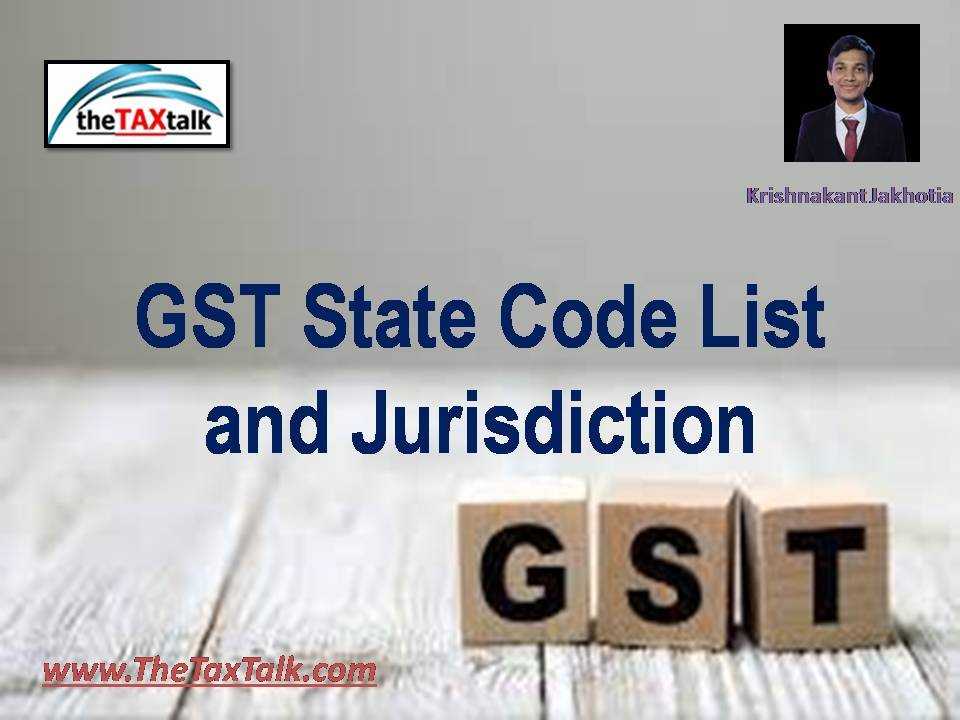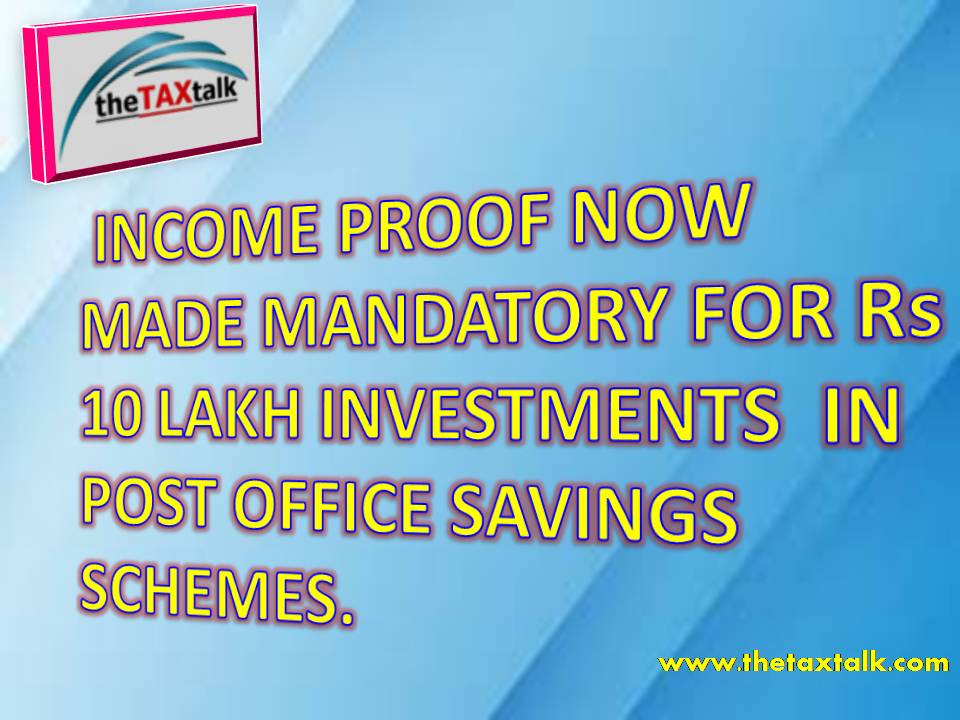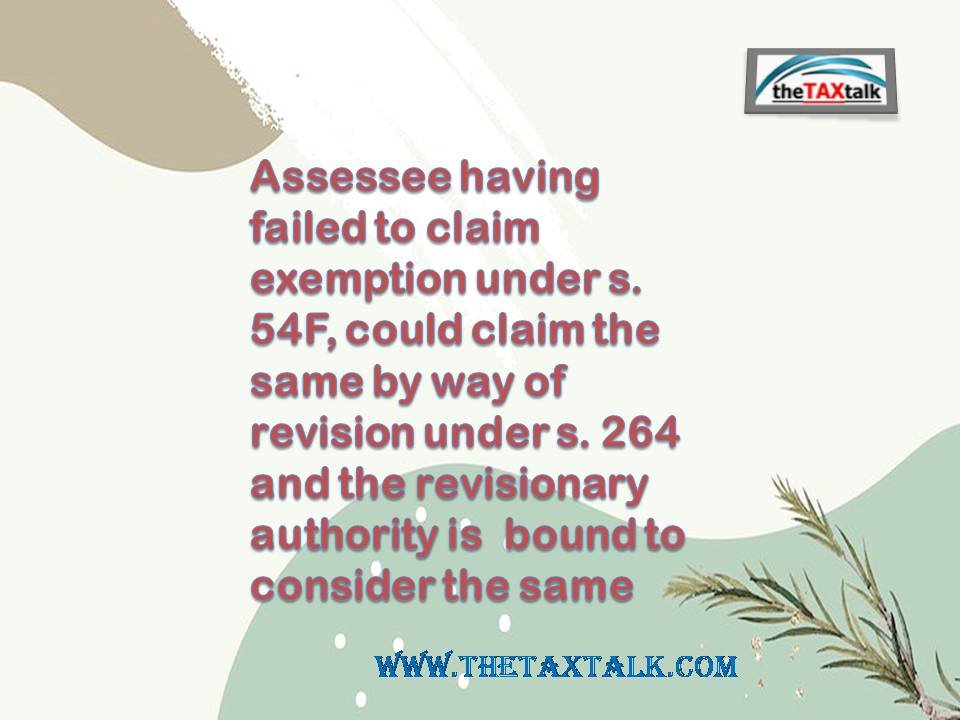![]()
GST State Code List and Jurisdiction
While migrating to a GST registration or while going for a new registration,businesses would have received the 15 digit GSTIN (Goods and Services Tax Identification Number). Knowing the structure of the GSTIN is crucial for a business – to ensure that one’s suppliers have quoted the correct GSTIN in their invoices, and also to ensure that one mentions their own GSTIN correctly in invoices to customers – as input tax credit is dependent on this due diligence.The 15 digit ID comprises of – 2 digits signifying the state code; 10 digit PAN number; 1 digit signifying number of registrations; and 2 digits having default and checksum values.
GST State Code List of India
The first two digits of the GSTIN constitute the GST State Code, a critical element for various transactions and filings, facilitating a standardised and transparent tax administration system. All states and Union Territories in India are assigned a unique code, providing a quick reference to the geographical location of the taxpayer. This state code list under GST is as follows:
|
STATE NAME |
STATE CODE |
|
JAMMU AND KASHMIR |
01 |
|
HIMACHAL PRADESH |
02 |
| PUNJAB |
03 |
|
CHANDIGARH |
04 |
|
UTTARAKHAND |
05 |
|
HARYANA |
06 |
| DELHI |
07 |
|
RAJASTHAN |
08 |
| UTTAR PRADESH |
09 |
|
BIHAR |
10 |
| SIKKIM |
11 |
|
ARUNACHAL PRADESH |
12 |
| NAGALAND |
13 |
|
MANIPUR |
14 |
| MIZORAM |
15 |
|
TRIPURA |
16 |
|
MEGHALAYA |
17 |
| ASSAM |
18 |
|
WEST BENGAL |
19 |
| JHARKHAND |
20 |
|
ODISHA |
21 |
| CHATTISGARH |
22 |
|
MADHYA PRADESH |
23 |
| GUJARAT |
24 |
|
DADRA AND NAGAR HAVELI AND DAMAN AND DIU |
26 |
|
MAHARASHTRA |
27 |
|
KARNATAKA |
29 |
|
GOA |
30 |
| LAKSHADWEEP |
31 |
|
KERALA |
32 |
| TAMIL NADU |
33 |
|
PUDUCHERRY |
34 |
| ANDAMAN AND NICOBAR ISLANDS |
35 |
|
TELANGANA |
36 |
| ANDHRA PRADESH |
37 |
|
LADAKH |
38 |
| OTHER TERRITORY |
97 |
| CENTRE JURISDICTION |
99 |
GST JURISDICTION
Jurisdiction, in the context of GST, refers to the geographical area where a taxpayer’s business operations fall under. Determining the correct jurisdiction is a critical aspect of tax assessment and compliance. The GST State Code plays a pivotal role in this process, serving as a primary identifier.
Each state and union territory has a specific state code GST associated with it, providing a clear demarcation of administrative boundaries. This demarcation ensures that businesses are subject to the tax laws and regulations of the region in which they operate. Determining jurisdiction is crucial for accurate tax assessment, reducing the scope for ambiguity.
Classification of GST jurisdictions
The GST jurisdiction is a dual structure comprising State Jurisdiction and Central Jurisdiction. State Jurisdiction takes charge of tax administration within a specific state or union territory, overseeing the assessment and collection of State GST (SGST) and Union Territory GST (UTGST).
On the other hand, Central Jurisdiction steps into the realm of Central GST (CGST) and Integrated GST (IGST), managing transactions spanning across states or union territories. This jurisdiction ensures the collection and distribution of taxes among the diverse regions, as applicable.
As per the CGST Circular no. 21/2017 dated 20th September 2017, there is a prescribed manner in which the Central and State jurisdictions are demarcated.
- As per the guidelines, 90% of the taxpayers whose total turnover falls below Rs.1.5 crore shall vest with the State administration. The remaining 10% shall vest with the Central administration.
- On the other hand, 50% of the taxpayers having a total turnover of more than Rs.1.5 crore shall vest with the State administration while the remaining 50% shall be taken up by the Centre.
Accordingly, the jurisdictions under GST are classified into the following levels, in the order of their hierarchy and size:
- Zone
- Commissionerates
- Division offices
- Range offices
FINDING YOUR GST JURISDICTION
Finding your GST jurisdiction is a straightforward process with multiple methods at your disposal. For state jurisdiction, the Central Board of Indirect Taxes and Customs (CBIC) portal offers a user-friendly approach.
To know about your jurisdiction, click on this link:https://cbic-gst.gov.in/cbec-portal-ui/?knowYourJuris, then
Select your State or Union Territory, and proceed through zones, commissionerates, divisions, and ranges until you pinpoint the specific localities.
Alternatively, you can check the jurisdiction via the official GST Portal using the GSTIN. On the GST portal’s homepage, opt for ‘Search Taxpayer’, select ‘Search by GSTIN/UIN,’ enter the 15-digit GSTIN, and click ‘Search.’ The portal will furnish detailed jurisdictional information.
For a state-specific approach, individual state websites offer a tailored experience. Visit the state’s GST department website, locate the ‘Jurisdiction’ or ‘Know Your Jurisdiction’ option, and enter the requisite details.
From,
Krishnakant Jakhotia
Mobile No :-9422507911
Email Id :- taxtalknew@gmail.com




